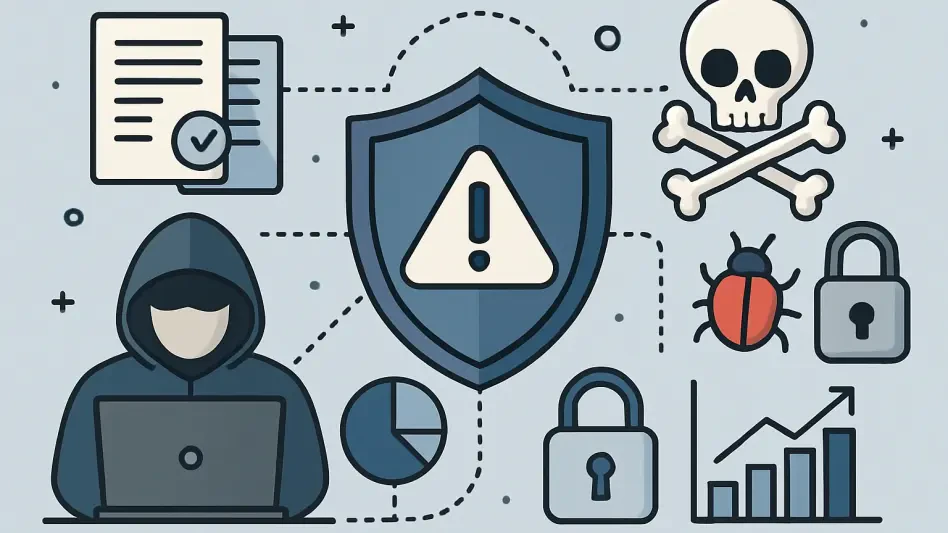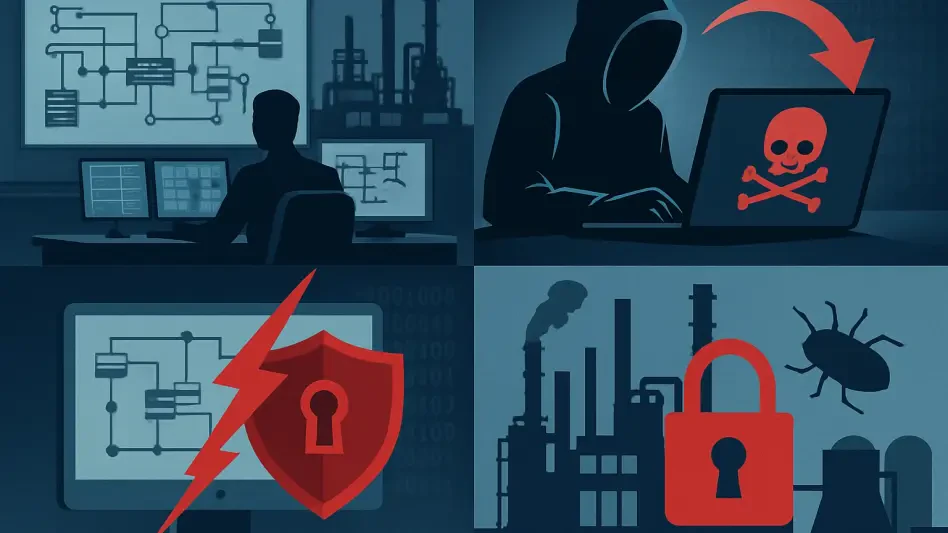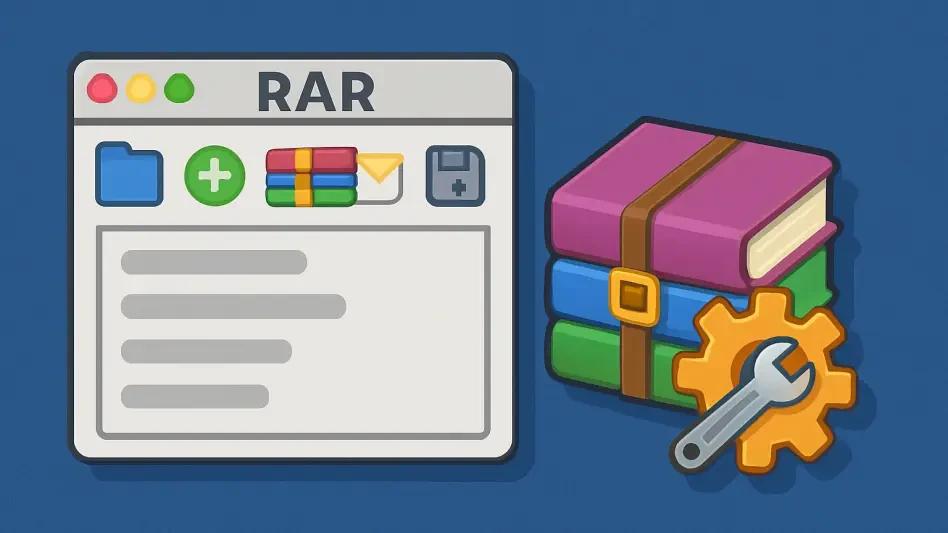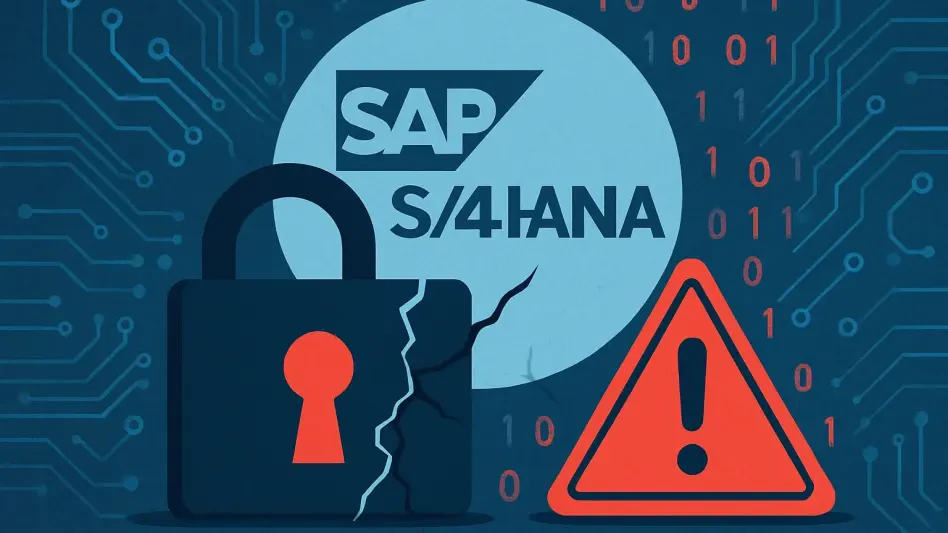What matters more to breach outcomes now: the AI a company buys—or the people who guide, govern, and question it when every minute counts and the wrong judgment can turn an incident into a crisis. Breaches are no longer rare shocks; they are treated as baseline conditions of business. The differentiator is how fast and how well teams respond when alerts hit the console and stakeholders demand clarity.
AI raises the stakes on both sides. Attackers use it to speed reconnaissance, tailor phishing, and assemble polymorphic malware that mutates past static defenses. Defenders counter with machine learning and large language models that compress detection and response times across cloud, email, identity, and operations. The contest is symmetric in technology but asymmetric in talent—those who can wield AI effectively hold the advantage.
Why It Matters Now
The inevitability mindset has shifted leadership from perfect prevention to resilience. Boards ask for incident readiness plans, cross-functional runbooks, and AI risk management, not just another tool purchase. When AI is integrated well, organizations report lower per-breach costs, driven by earlier detection, tighter containment windows, and fewer manual errors. But the same technology also accelerates attack volume and complexity, exposing weak governance and skill gaps.
That gap is structural. Industry estimates put the global shortfall at 2.8 to 4.8 million cybersecurity professionals, a constraint that slows adoption and undermines oversight. Meanwhile, broad deployment continues across APAC and North America, with heavy use in detection and prevention, security automation, and threat intelligence. The result is a paradox: AI is both required and risky, and the deciding factor is human expertise.
Inside the New Battlefield
Offensive AI enables automated scanning, faster exploit development, and hyper-personalized social engineering that raises click-through rates. Polymorphic code shifts signatures on the fly, forcing defenders to match speed and creativity rather than rely on fixed indicators. The workload widens as vulnerabilities surface faster than patch cycles can keep pace, creating backlogs that demand triage discipline.
Defensive AI changes life inside the SOC. Models prioritize alerts, correlate signals, and surface likely root causes in natural language to help analysts act sooner with stronger context. “AI is inseparable from modern security operations—but only effective in skilled hands,” noted one CISO at a global manufacturer. In practice, teams use copilots to codify playbooks, suggest remediation steps, and reduce swivel-chair toil across tools, while reserving human judgment for escalation and containment.
Economics follow. Organizations that use AI extensively report material reductions in breach costs, a reflection of slashed dwell time and fewer missteps under pressure. Savings compound when automation handles repetitive tasks such as phishing takedowns and low-risk endpoint quarantines. The ROI is tangible, but it depends on disciplined tuning, good data hygiene, and oversight that keeps models aligned with business risk.
People Make the Difference
Technology alone does not resolve the talent bottleneck. Leaders cite a lack of internal AI expertise, governance gaps in model oversight and data quality, and uneven processes that slow return on investment. “Breach inevitability demands resilient teams who can act fast and communicate clearly,” said a security leader in financial services, emphasizing that speed without alignment only spreads confusion.
Most professionals expect augmentation, not replacement, of their roles. Skills that move the needle now include analysis, creativity, communication, collaboration, adaptability, and judgment—capabilities that guide when to trust AI outputs, when to challenge them, and how to explain risks to executives. Forecasts show demand for these soft skills rising through the decade as operations become more AI-centric and the center of gravity shifts from manual toil to orchestration and oversight.
SOCs are already retooling. Analyst roles expand into triage orchestration, model tuning, and automation stewardship. Runbooks now pull in IT, legal, communications, and risk for faster, aligned response when systems go dark or data exfiltration is suspected. The work looks more like team sport and less like isolated heroics, with decision quality tied to how well people coordinate under time pressure.
A Playbook for Resilience
A three-horizon plan helps convert ambition into execution. In the first horizon, teams stabilize and automate high-friction workflows—alert triage, phishing response, basic containment—while standing up AI governance for data quality, model validation, red-teaming, and change control. Quick wins free scarce talent for higher-value tasks and build trust in automation.
The second horizon focuses on integration and upskilling. AI gets embedded into incident response and threat hunting, with role-based training mapped to defined competencies. Junior analysts work with copilots to accelerate learning while mentors teach interpretation and escalation judgment. By the third horizon, operations shift to proactive defense—attack surface management, behavior analytics, and continuous control testing—backed by formal model risk management and executive reporting tied to business impact.
Hiring and development must match that arc. A role-based skills architecture clarifies pathways: AI-enabled SOC analysts, automation engineers, threat intelligence analysts, identity engineers on the technical side; AI risk leads, security product owners, and incident commanders with executive communication skills on the leadership track. The World Economic Forum’s Strategic Cybersecurity Talent Framework aligns with this structure, urging public–private collaboration to attract, educate, recruit, and retain a diverse pipeline.
Practical methods make soft skills first-class. Scenario exercises stress-test judgment amid ambiguity; communication drills sharpen executive briefings and cross-functional coordination. Fortinet and WEF emphasize a three-pillar approach—awareness and education, targeted training and certification, and advanced technology integration—so that capability grows in lockstep with tooling. Measured well, this becomes a flywheel rather than a one-off program.
What Comes Next
Progress depended on measuring what mattered. Teams tracked mean time to detect and respond, automation coverage, and breach cost per incident. Talent leaders watched time-to-competency, certification completion, and retention by role and cohort. AI assurance matured with drift monitoring, false positive and negative rates, and periodic ethical risk reviews. Over time, metrics guided resource allocation and helped boards understand the link between investment and resilience.
The industry’s next chapter hinged on coordination. Apprenticeships, community colleges, veteran reentry, and return-to-work programs expanded access; standardized curricula and hands-on labs validated capability; skills-first hiring and clear career paths kept talent engaged. Broad adoption in APAC and North America showed that integration at scale was achievable when governance and training moved in tandem with technology.
The lesson was plain: AI amplified everything—speed, cost, and consequences. Organizations that treated people as the critical path, tuned models with rigor, and rehearsed cross-functional response earned better outcomes when it counted. The call was to invest with intention, build pipelines that reflect real work, and align AI with judgment, because resilience lived at the intersection of smart machines and the humans who made sense of them.








